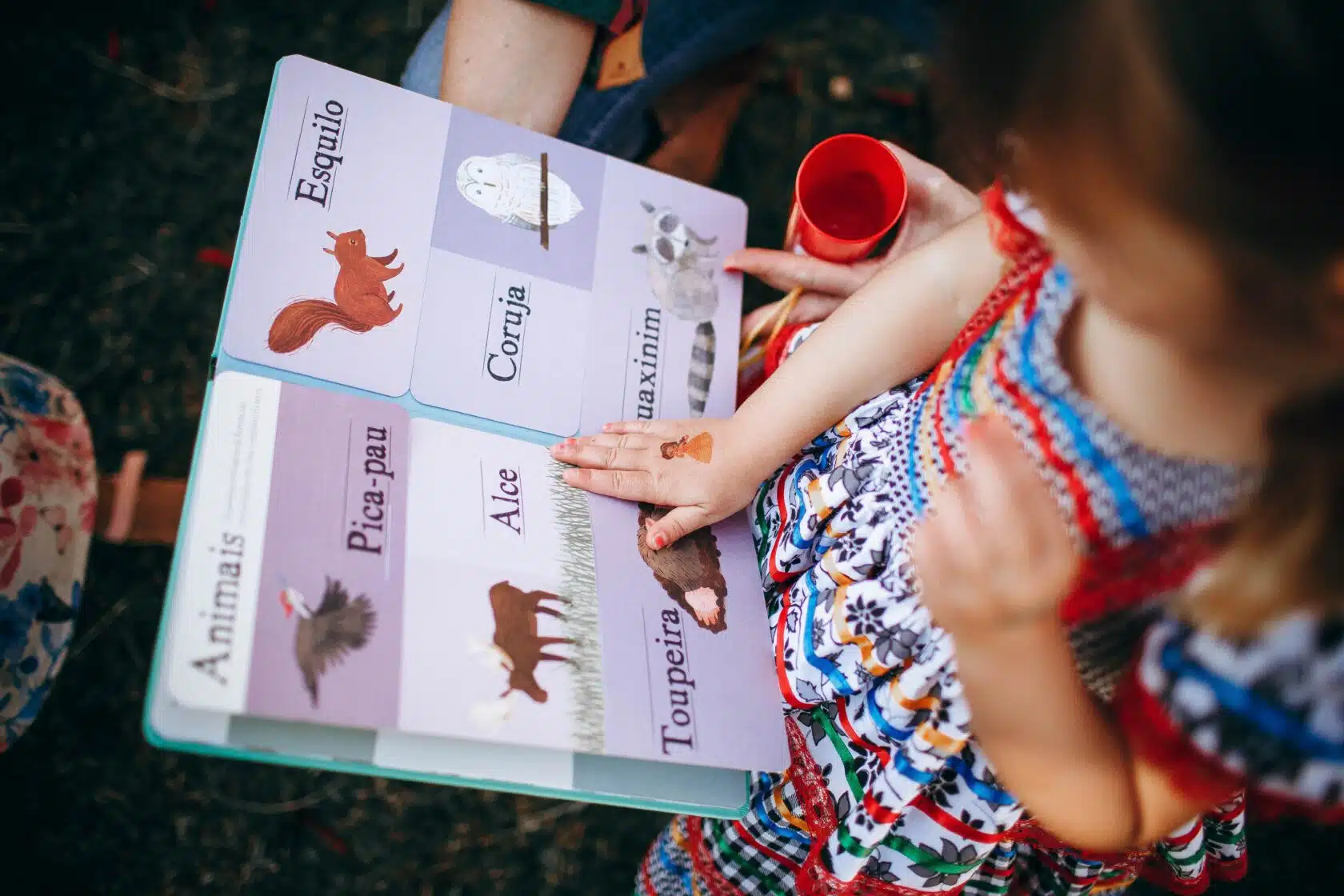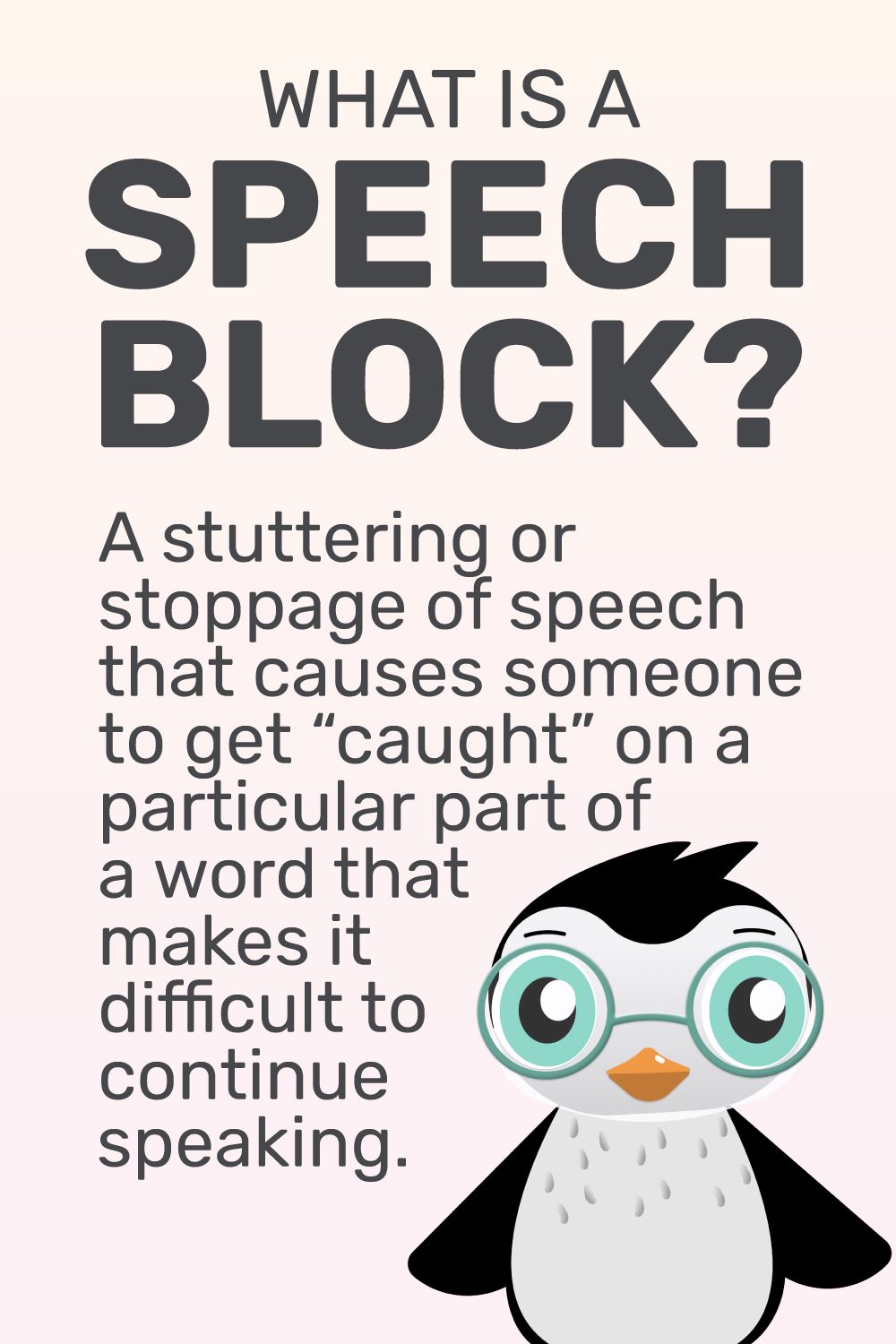A lisp, a speech disorder affecting the pronunciation of “s” and “z” sounds, may be associated with certain conditions. Here are some conditions that can be linked to lisps:
- Developmental delays: Lisps can occur in children with developmental delays, where their speech and language skills develop more slowly.
- Tongue thrust: Tongue thrust refers to the habit of pushing the tongue against the front teeth during swallowing or speaking, which can contribute to the development of a frontal lisp.
- Orofacial muscle weakness: Weakness in the muscles of the mouth and face can affect proper tongue and lip movements during speech, leading to a lisp.
- Dental issues: Dental problems, such as missing or misaligned teeth, can impact speech production and contribute to the development of a lisp.
Identifying and addressing these underlying conditions can be beneficial in treating and managing lisps effectively. Goally, our tablet, helps kids with lisps improve their speech through interactive apps like visual schedules, AAC, and gamified learning. Our apps also cover emotional regulation, executive functioning skills, and social skills training videos for a well-rounded support system.
This post was originally published on April 15, 2023. It was updated on July 12, 2023.










